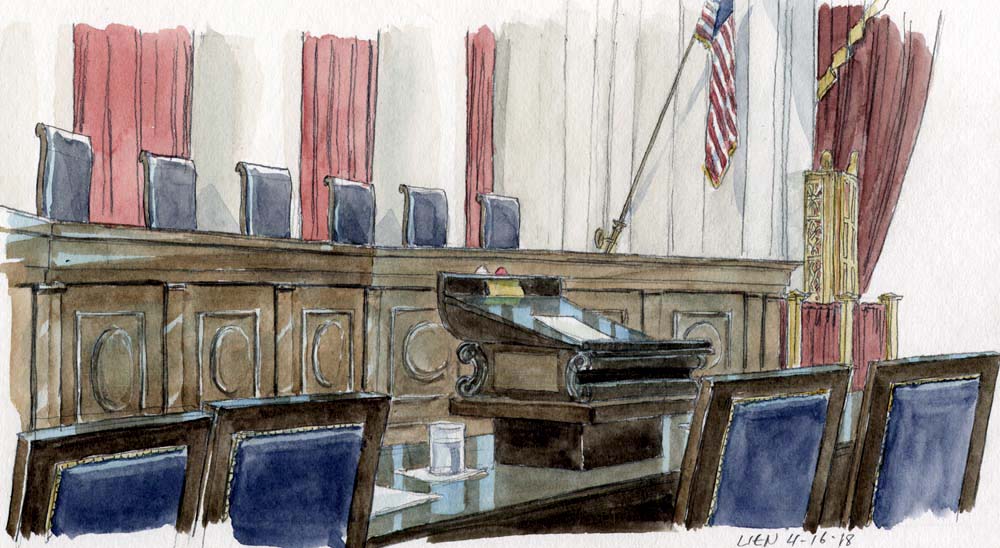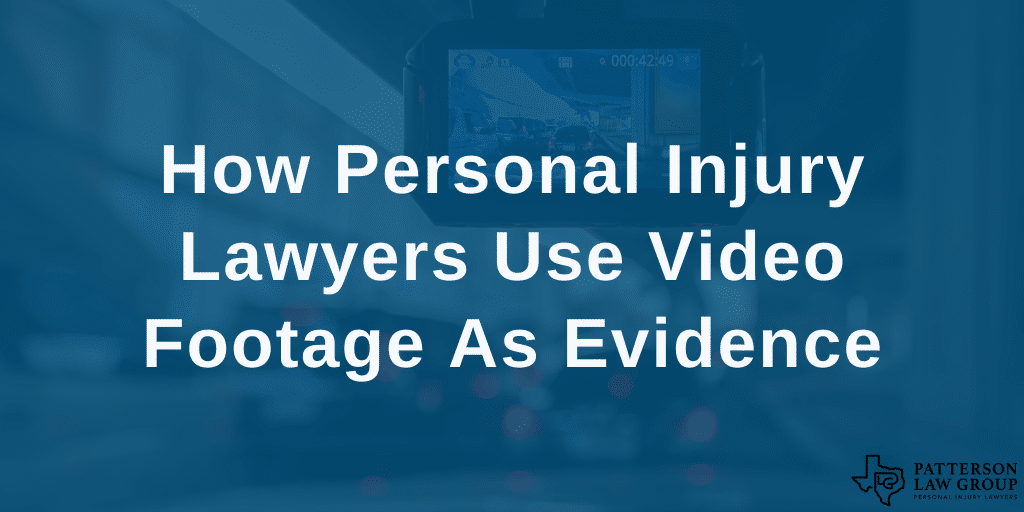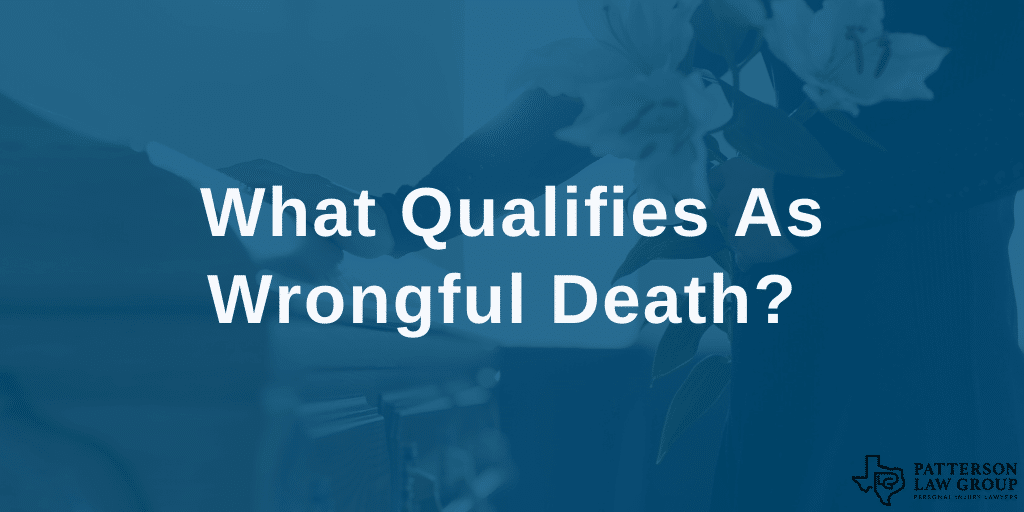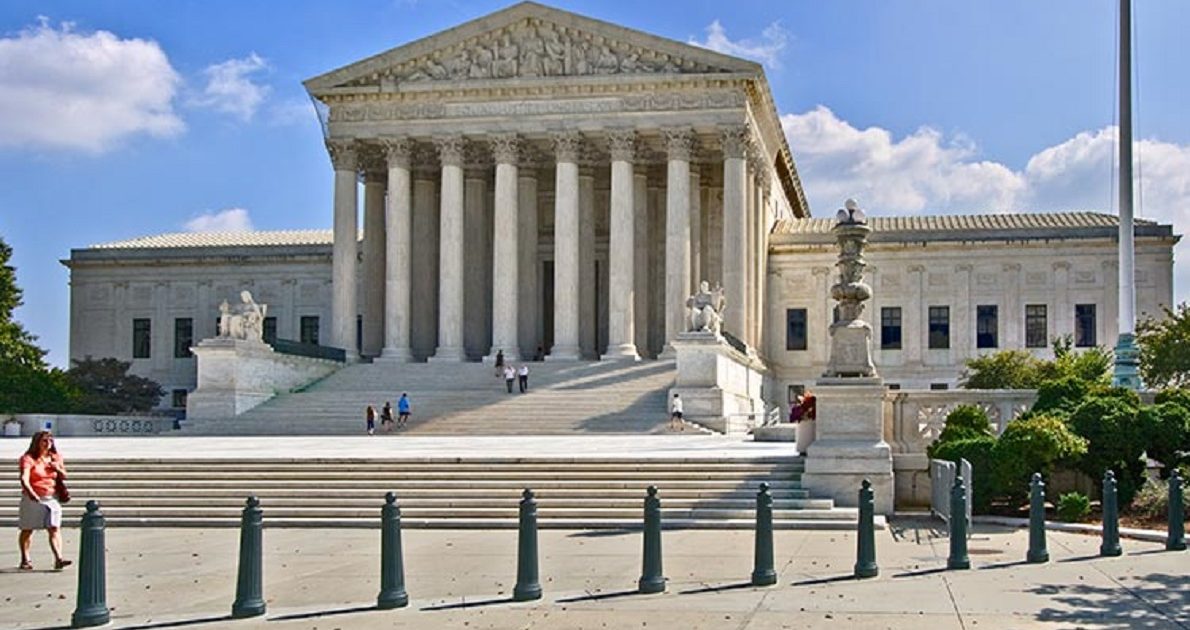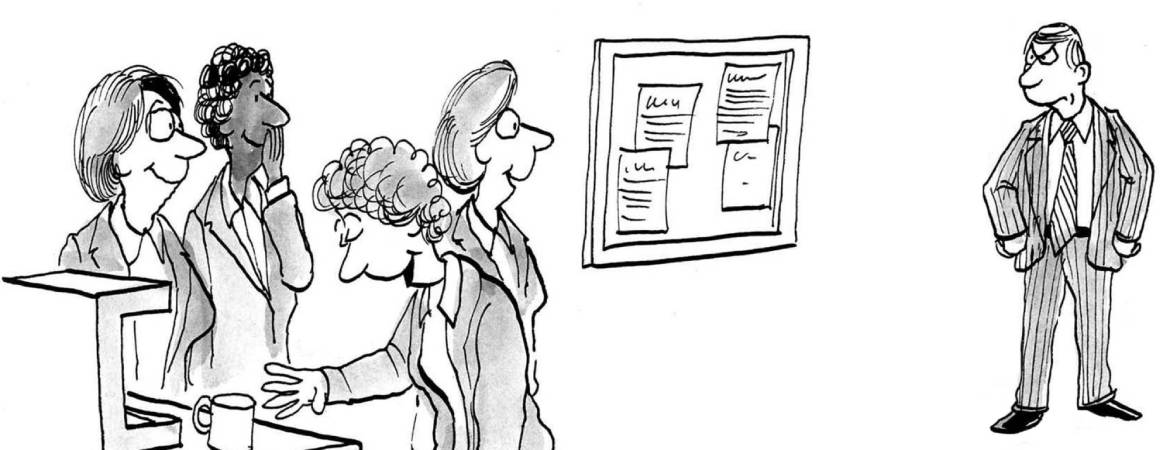Last year, we had a mini-series on the blog that covered the five most common causes of action we were seeing in the cannabis industry (links to the series are at the bottom of this post). In follow up, we’ve been getting quite a number of consultation requests or questions from existing clients about another notorious claim that seems to be rampant lately: defamation. This week, we’ll cover the basics on defamation because it’s actually not the easy and straightforward claim you might think it is.
Introduction
At its core, defamation involves a false, unprivileged statement about an individual. Defamation is broken down into two categories – libel and slander:
- Civil Code s. 45 defines libel as “a false and unprivileged publication by writing, printing, picture, effigy or other fixed representation to the eye, which exposes any person to hatred, contempt, ridicule or obloquy, or which causes him to be shunned or avoided, or which has a tendency to injure him in his occupation.” In short, libel is written.
- Civil Code s. 46 defines slander as “a false and unprivileged publication, orally uttered, and also communications by radio or any mechanical or other means …” Slander is oral.
Libel and slander are further broken down as “per se” or “per quod.” Libel per se means the written statement is defamatory on its face. Slander per se means the oral statement implicates the plaintiff with one of the following:
- Criminal activity
- Contagious, infectious or loathsome disease
- Unethical/incompetent business conduct (most relevant)
- Impotence or unchastity
Libel or slander per se are basically more egregious and implicate presumed damages. Libel or slander per quod is anything that doesn’t qualify as libel or slander per se.
Statute of Limitations
A defamation cause of action has to be brought within one year. The clock starts ticking when the statement is published – not when the plaintiff discovers it (for the most part). Publishing on a website counts!
Elements of a Defamation Claim
- Statement: this can be in any form of communication, and the statement must be of fact, not opinion. However, be careful about this – just because you start your “opinion” with qualifying words like “apparently,” or “you might say,” doesn’t mean your statement is undoubtedly an opinion. The court will decide whether a statement is an actionable fact or an unactionable opinion.
- About the plaintiff: the statement has to be about the plaintiff. Note: entities count as plaintiffs!
- Publication: publication doesn’t mean the statement needs to be in a magazine or said on a popular podcast – if it is communicated to at least one person (other than the plaintiff), that counts as publication.
- Defamatory meaning: the court determines as a matter of law whether a communication is defamatory – but in general, if it lowers plaintiff’s esteem in the community, it’s defamatory.
- Fault: defendant failed to use reasonable care to determine the truth or falsity of the allegedly defamatory statement.
- Causation:
- Libel or slander per se: Statements that are defamatory per se are so serious that causation is presumed. The plaintiff does not need to prove actual injury.
- Libel per quod: the plaintiff must prove he/she/it suffered “special damages” as a proximate result of the defamation. Special damages are defined as “all damages that plaintiff alleges and proves that he or she has suffered in respect to his or her property, business, trade, profession, or occupation, including the amounts of money the plaintiff alleges and proves he or she has expended as a result of the alleged libel …”
- Slander per quod: the plaintiff must prove he/she/it suffered actual damage.
- Damages
Remedies
The remedies available are a bit nebulous, and they also depend on which sub-claim is being asserted:
- Compensatory Damages: examples include harm to the plaintiff’s reputation, harm to the plaintiff’s property, business, trade, profession, expenses the plaintiff had to pay as a result of the defamation, and even emotional distress.
- Injunctive Relief: an order enjoining future publication of the defamatory statements.
- Punitive Damages: where the defendant is found of guilty of oppression, fraud or malice, punitive damages may be awarded as well.
In my next post, we’ll cover a California-specific body of law called the anti-SLAPP laws that aim to curb the amount of baseless defamation claims out there – and make the calculus of pursuing and defending them even more complicated.
Here are those links to our past mini-series:





